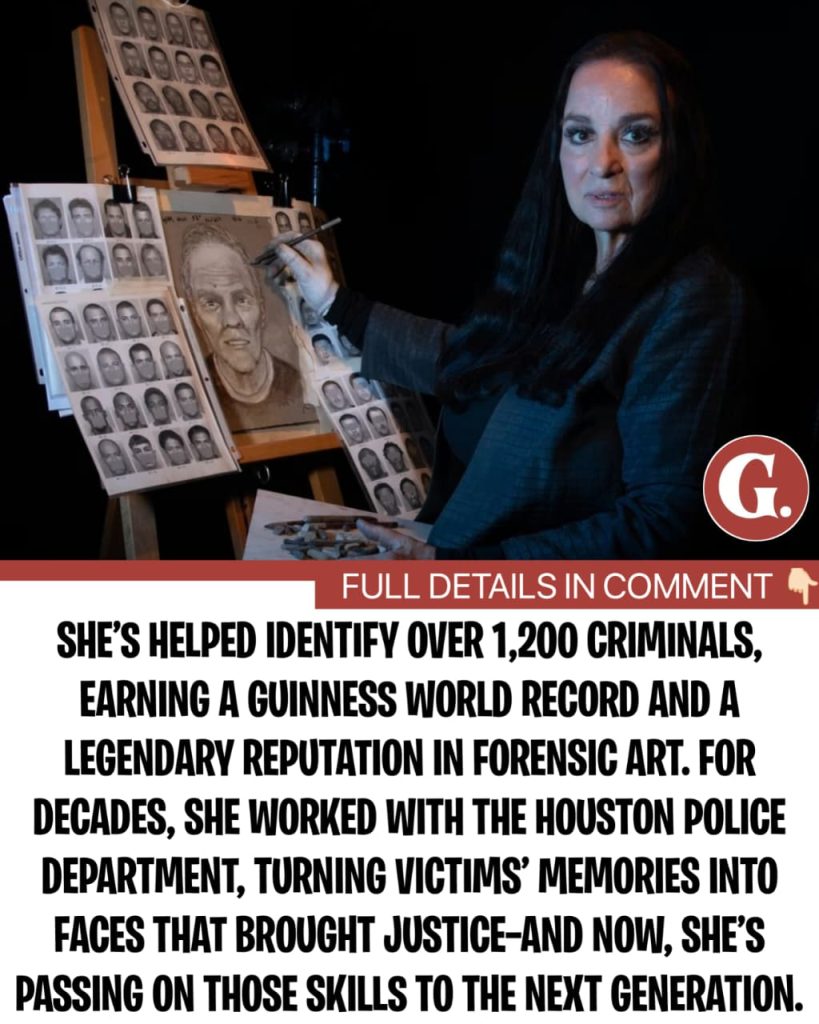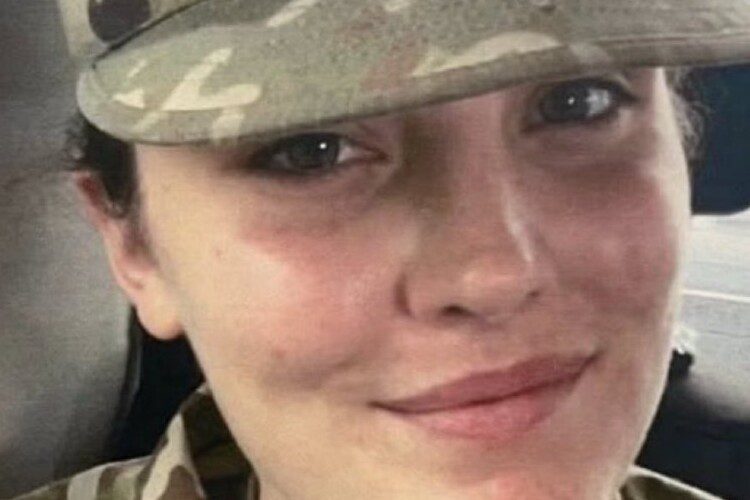How the World’s Most Successful Forensic Artist Turned Victims’ Memories Into Justice
Lois Gibson’s name might not be one you hear every day, but in the world of law enforcement, she’s a living legend. She holds the Guinness World Record for the most criminal identifications by a forensic artist—over 1,200 cases where her pencil sketches helped put dangerous people behind bars. For more than three decades, she worked with the Houston Police Department, sitting with victims who had endured unthinkable trauma, patiently listening as they tried to recall the smallest details that could make the difference between a case going cold or a criminal facing justice. Her drawings didn’t just capture faces—they captured hope.
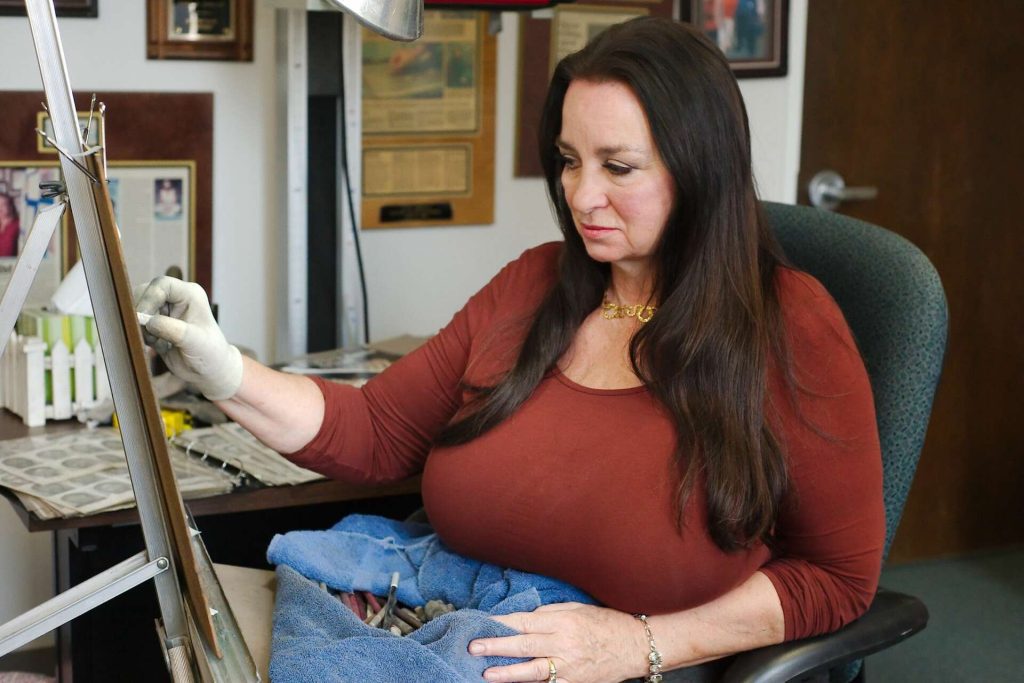
The thing about forensic art is that it’s more than just drawing. It’s psychology, empathy, and patience rolled into one. Victims often remember in fragments—a flash of a jawline, the angle of a nose, the way someone’s eyes felt more than how they looked. Gibson had a way of pulling those fragments together like pieces of a puzzle, turning them into faces that police could match against suspects or release to the public. Again and again, her sketches led to arrests, and in some cases, those drawings were the only thing that cracked the case.
Her work wasn’t limited to fresh crimes. Cold cases that had been collecting dust for years sometimes landed on her desk, and with them came families still clinging to a thread of hope. Gibson’s ability to take old, faded memories and make them sharp again was nothing short of remarkable. When a mother, years after losing her child to violence, could finally see the face of the person responsible drawn with chilling accuracy, it was both heartbreaking and healing. She didn’t just give the police leads—she gave families a chance at closure.
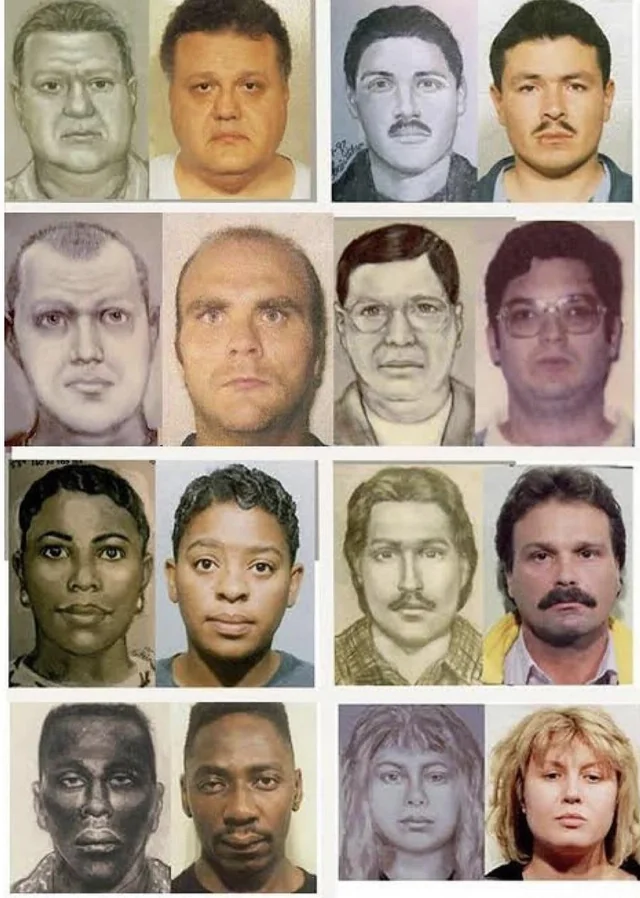
What makes her story even more powerful is that she’s a survivor herself. Lois Gibson was once the victim of a violent crime, and she knows firsthand the disorientation, fear, and anger that come in the aftermath. That experience shaped her empathy. She understood how hard it was to revisit those memories and how vulnerable it felt to share them. But that also meant she knew exactly how to talk to victims, how to make them feel safe, and how to guide them gently toward remembering what mattered most. That compassion was a big part of why so many people trusted her in their most fragile moments.
Over her career, she became a quiet but unshakable force in law enforcement. Unlike detectives or uniformed officers, she didn’t carry a badge in the same way, but her impact was undeniable. She worked on cases involving murders, assaults, kidnappings, robberies—you name it. Sometimes her sketches were released to the media, sparking tips from the public. Other times they were compared to mugshots in police databases, and when the match came back, it was like seeing a ghost come to life.
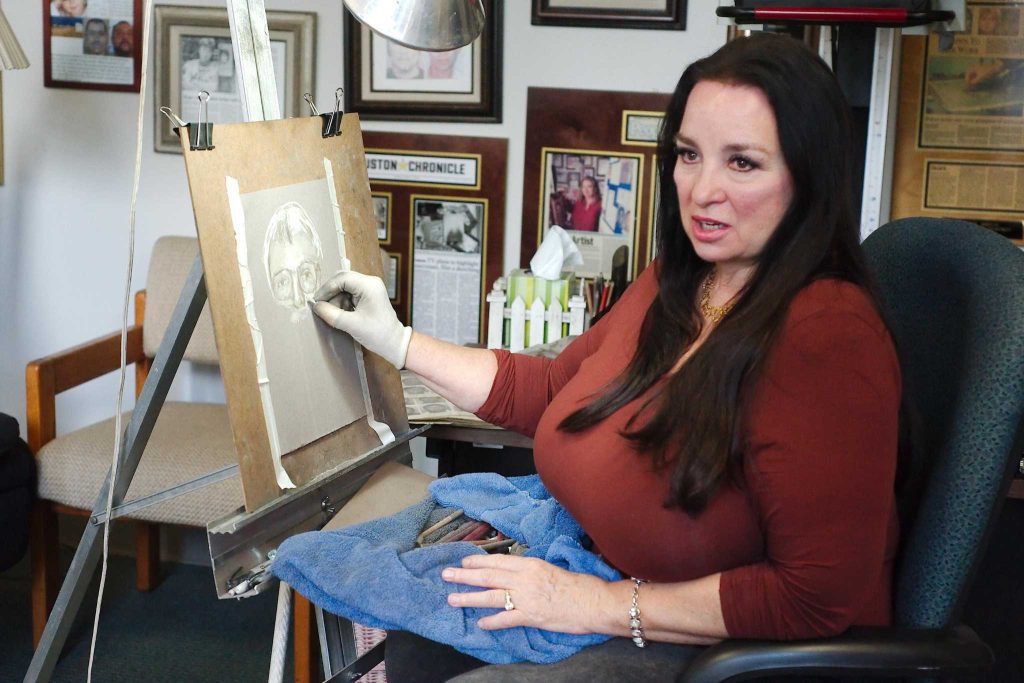
And it wasn’t just about the cases she solved. Gibson also became a mentor to the next generation. Today, she teaches forensic art at Sam Houston State University, passing on her knowledge to students who will carry this unique blend of art and investigation into the future. She’s open about the fact that this job isn’t just about drawing—it’s about listening, patience, and knowing how to connect with people. She teaches her students that they’re not just sketching faces; they’re helping people take back their power after it’s been stolen.
It’s rare to find someone whose life’s work is so quietly heroic. There are no flashing lights or grand ceremonies when a forensic sketch leads to an arrest. Most of the time, the public never even hears about it. But for the victims and families involved, those drawings mean everything. They mean that someone believed them, someone cared enough to listen, and someone used their skill to help make things right.
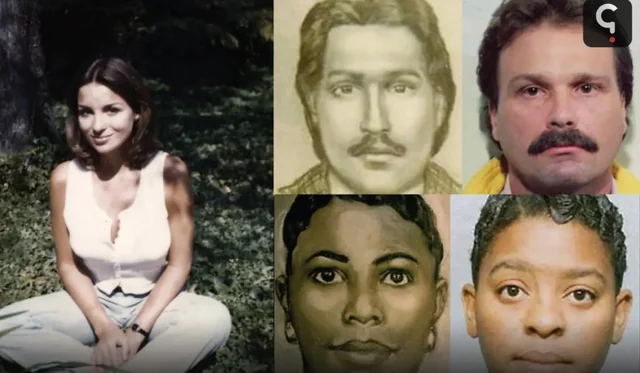
Even in retirement, Lois Gibson’s legacy continues. Her sketches remain part of police archives, still occasionally surfacing when old cases are reexamined. The ripple effect of her work is impossible to measure—how many crimes were prevented because one criminal was caught early? How many people could sleep easier knowing the person who hurt them was finally off the streets?
Her story is a reminder that sometimes justice isn’t delivered with a dramatic chase or a high-profile trial. Sometimes it’s the result of hours spent in a quiet room, a pencil moving across paper, guided by patience, skill, and empathy. Lois Gibson turned memories into justice, and in doing so, she gave countless people the gift of closure.

